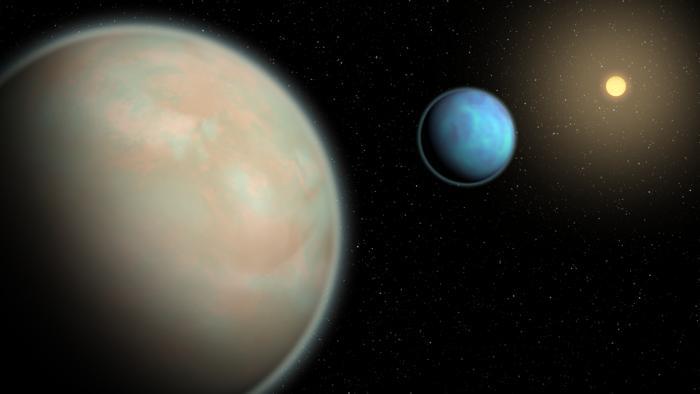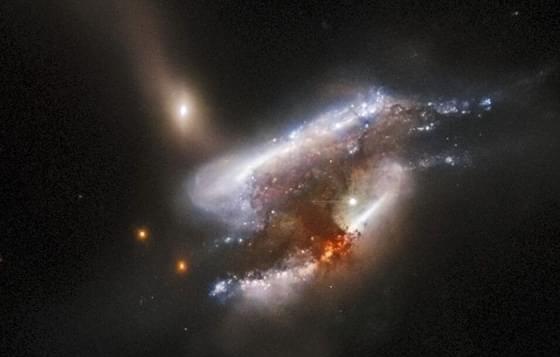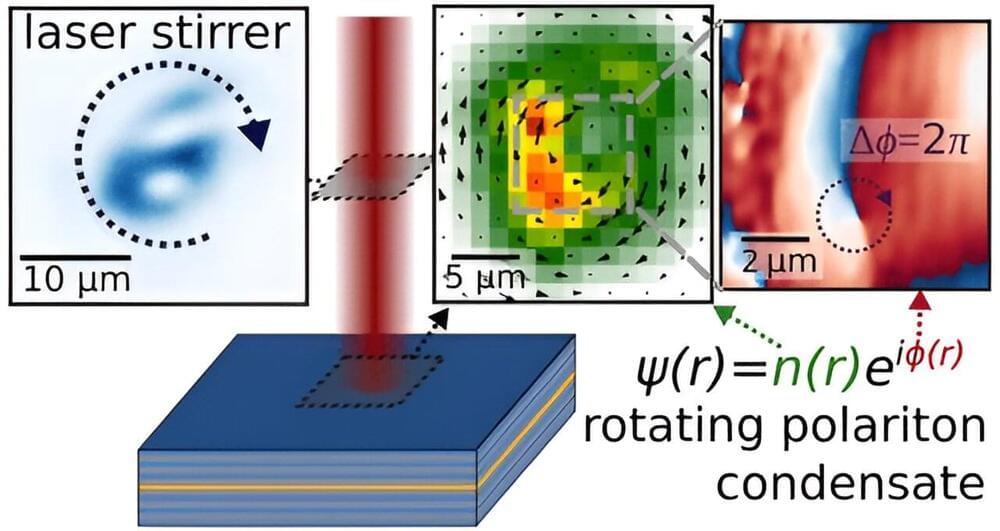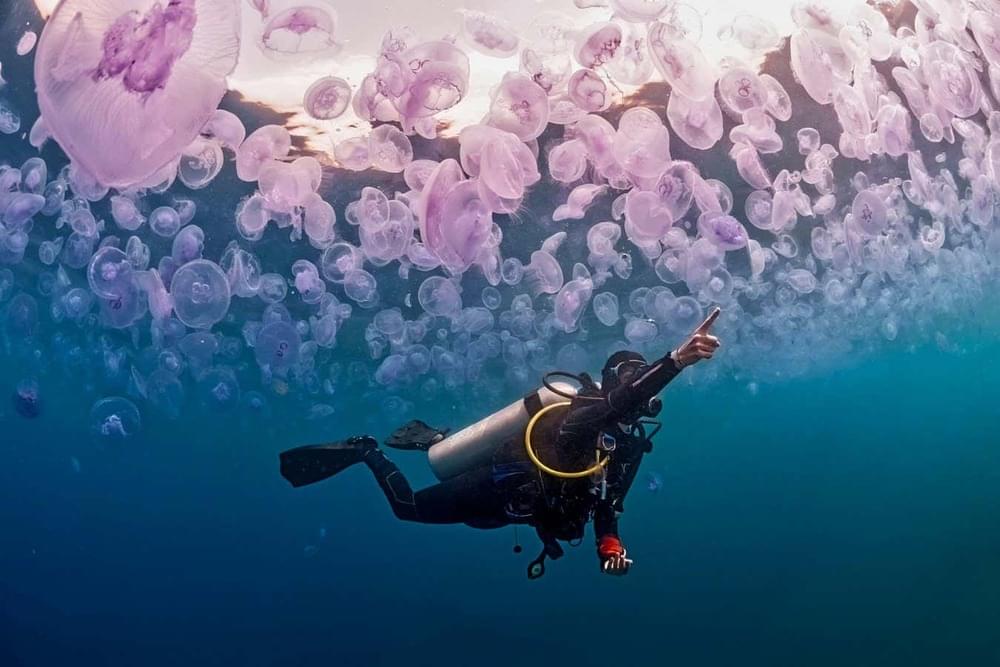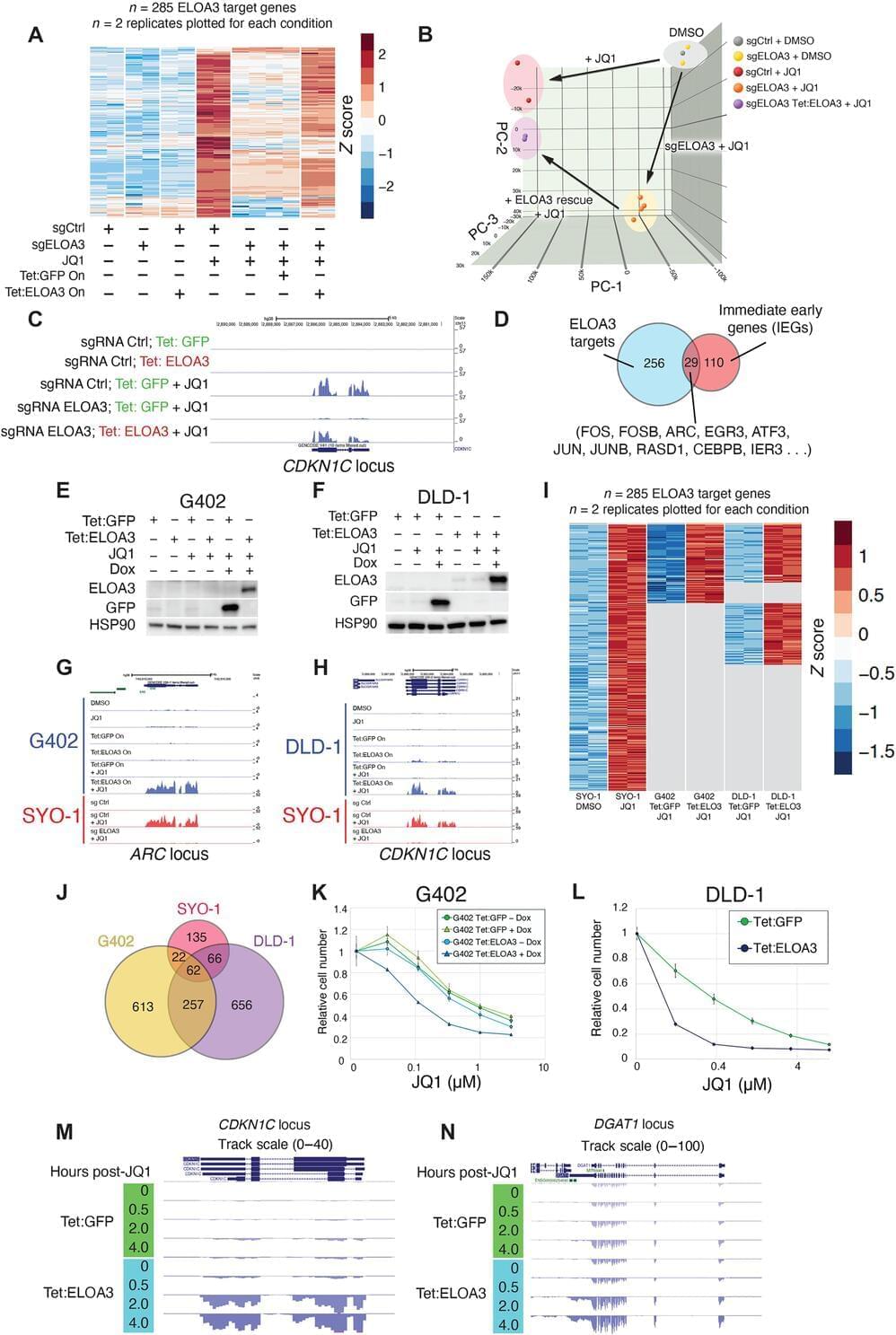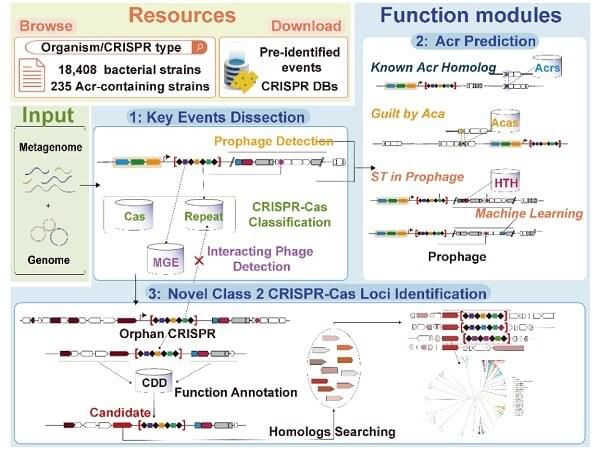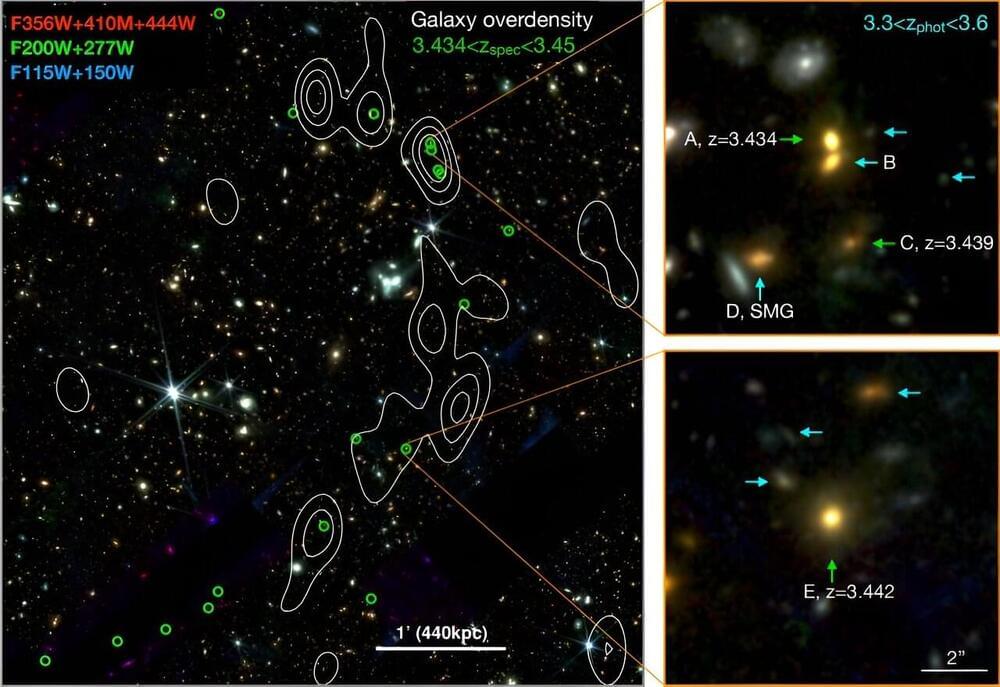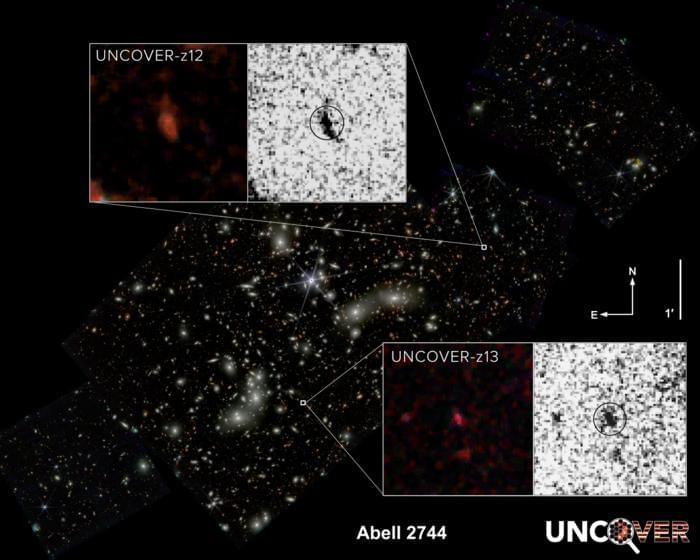Nov 28, 2023
Exoplanet Haze Research: A Crucial Step in Understanding Alien Worlds
Posted by Laurence Tognetti, Labroots Inc. in categories: alien life, evolution
What is the weather like on water-rich exoplanets? This is something a recent study published in Nature Astronomy hopes to shed light on as a team of researchers conducted laboratory experiments to simulate how hazy skies might form on such exoplanets throughout the cosmos. Haze changes the way light reacts to various gases within a planet’s atmosphere, which alters what astronomers detect, as well. This study comes as the number of potential water-rich exoplanets continues to grow and holds the potential to help scientists better understand the conditions necessary for the formation and evolution of water-rich exoplanets, including how life might form and evolve on them, whether on their surfaces or in their atmospheres.
Artist illustration of water-rich exoplanets comprised of hazy atmospheres, which was the focus of this study. (Credit: Roberto Molar Candanosa/Johns Hopkins University)
“The big picture is whether there is life outside the solar system, but trying to answer that kind of question requires really detailed modeling of all different types, specifically in planets with lots of water,” said Dr. Sarah Hörst, who is an associate professor of Earth and planetary sciences at Johns Hopkins University and a co-author on the study. “This has been a huge challenge because we just don’t have the lab work to do that, so we are trying to use these new lab techniques to get more out of the data that we’re taking in with all these big fancy telescopes.”
